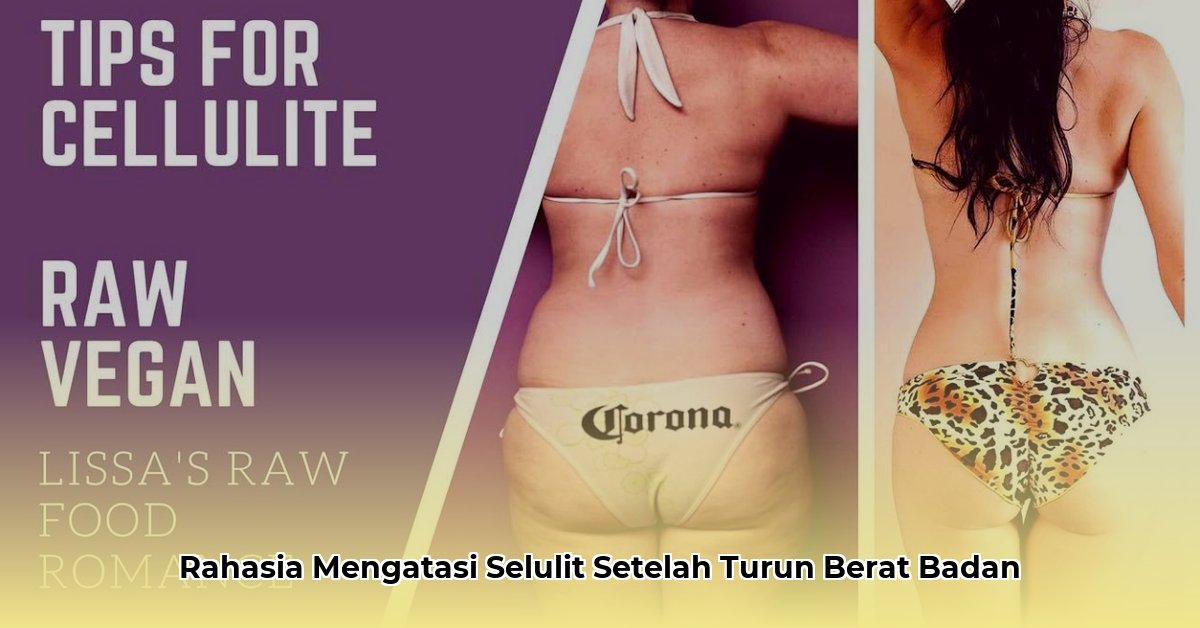
Losing weight can affect the appearance of cellulite, but it’s a complex condition influenced by various factors beyond weight alone. Understanding the interplay between weight loss and cellulite, as well as exploring different approaches to reduce its visibility, is crucial for effective management.
Understanding Cellulite
Cellulite is a common skin condition characterized by dimpling and lumpiness, most commonly appearing on the thighs, buttocks, and abdomen. It occurs when fat cells push through the connective tissue under the skin, leading to a “lumpy” appearance.
Factors Influencing Cellulite:
- Genetics: Family history and genetic predisposition can play a role.
- Hormones: Fluctuations in hormones such as estrogen, insulin, and thyroid hormones can contribute to cellulite formation.
- Lifestyle: Smoking, stress, and lack of sleep can negatively affect skin health and worsen cellulite visibility.
- Weight: While weight gain can increase the appearance of cellulite, weight loss alone may not eliminate it completely.
- Age and Skin Elasticity: As skin loses elasticity with age, cellulite becomes more noticeable.
Weight Loss and Cellulite
Losing weight can reduce the amount of subcutaneous fat, which may make cellulite more visible. However, the extent to which weight loss improves cellulite appearance varies depending on individual factors and overall body composition.
Maintaining a healthy weight and engaging in regular exercise can help prevent cellulite from developing or worsening. Exercise improves blood flow and muscle development, which can enhance skin elasticity and reduce the visibility of cellulite.
Holistic Approach to Cellulite Management
Addressing cellulite effectively requires a holistic approach that combines weight management, lifestyle modifications, and professional treatments:
Weight Management:
- Focus on gradual and sustainable weight loss through healthy eating and regular exercise.
- Aim to maintain a healthy weight to prevent excessive fat accumulation.
Lifestyle Modifications:
- Quit smoking and reduce stress levels to improve overall skin health.
- Get adequate sleep as it supports collagen production and skin elasticity.
Professional Treatments:
- Laser therapy and mesotherapy are non-invasive treatments that target cellulite-affected areas.
- Radiofrequency and cryotherapy are emerging treatments that show promise in reducing cellulite.
- Injectables such as Qwo are injected directly into cellulite dimples to improve appearance.
Role of Hormonal Factors in Cellulite Development
Hormonal imbalances can significantly impact cellulite development:
- Estrogen: High levels can promote fat storage in areas prone to cellulite (e.g., thighs, buttocks).
- Insulin: Promotes fat storage and can contribute to cellulite formation.
- Thyroid hormones: Regulate metabolism and affect fat deposition and skin elasticity.
- Noradrenaline (stress hormone): Can worsen cellulite visibility by affecting fat metabolism and skin blood flow.
Psychological Impact of Cellulite
Cellulite can have a negative impact on body image and self-esteem:
- Causes shame, embarrassment, and anxiety.
- Lowers body satisfaction and self-esteem.
- Leads to social isolation and negative coping mechanisms.
- In severe cases, can contribute to body dysmorphic disorder.
Strategies for Managing the Psychological Impact:
- Seek support from healthcare professionals, therapists, or support groups.
- Challenge negative thoughts about your body and focus on overall health.
- Surround yourself with positive people who support a healthy body image.
- Practice self-love and acceptance, recognizing that cellulite is a common and natural occurrence.